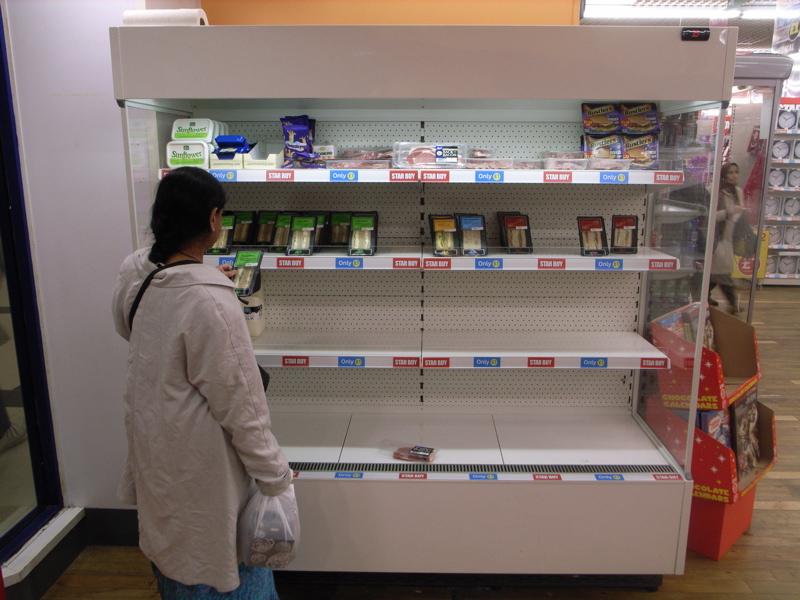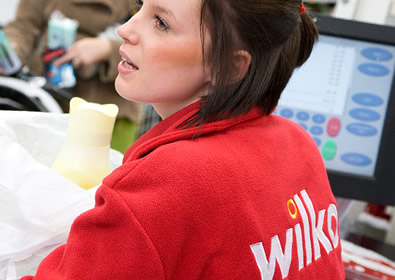It was let slip on 24th January that we would be facing a May 6th general Election and this will surely change everything, whoever gets into power.
I don’t want to be a doom and gloom merchant by any stretch of the imagination as recessions have traditionally been a superb opportunity for well managed businesses to establish a wider market share and trade through, without their weakened competitors who fall by the wayside as economic casualties.
According to Credit Action, the average owed by every UK adult is £30,226 (including mortgages), which is 133% of average earnings.
There is also the small matter of how much has been loaned on our behalf to bail out the poxy bank, which runs into the hundreds of £billions and the £200 billion that has been spent quantitative easing.
Well, from May onwards, we’re having to start paying for it through higher taxes and lower public spending, so I believe we will be facing our most austere era for many generations.
My own family had a very successful soft drinks business based in the South east that was the main supplier through the war years. When the country emerged from war in 1945 it was seen as the drab/austere choice that had almost been forced on them for the last six years and people walked away in their droves eventually leading to it’s collapse in the 60’s.
So what does all this mean for brands?
It’s entirely what you make of it!
1. It’s a chance to grab market share
By offering great value, better quality products that people care about. This is far more than just offering the cheapest price for a poor product as it is my opinion that in really tough times, people buy far fewer cheap products, they buy ones that they think will last and dispose of the discretionary purchases.
How good can you make your product for the money, not how cheap can you get away with making it?
2. It implies that online price checking will become vital
We are in the perfect economic market, where we can all check the price against anyone else out there. If the product is identical, why does it matter where you get it from – as long as you can trust them.
3. The weak will leave the market
In the design market, there are now loads of ‘design firms’ with no designers. They have a front person (suit) who then subcontracts the work to whoever is available. Yes it saves money, but it is a sure way to introduce inconsistencies and slowly undermine brand equity.
4. It is the time to reinvent constantly
Like the Lyle’s example above, I guess my Grandad stopped innovating and let his company slowly die. People became bored, because the product became boring to them. A brand has to constantly evolve and introduce new touches, tweaks and ideas or people will have excuses to flirt with their peers.
5. Don’t just cut costs, cut the right costs
In this great article from Accenture, they point out that Companies that did really well in the last recession did not just cut costs — they cut the right costs. They diverted resources to activities that actually created value.
So that’s it.
Like I wrote last year when Woolworths waddled pathetically into financial obscurity through lack of effort and like any good Cub Scout would advise.
Be prepared.






